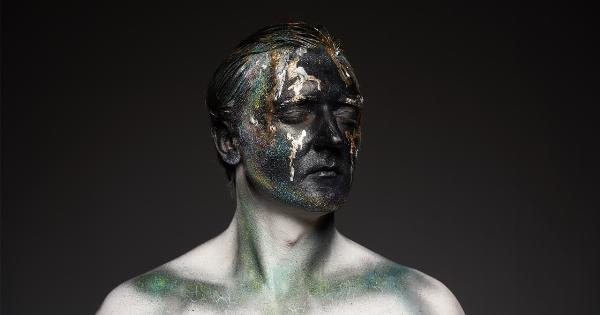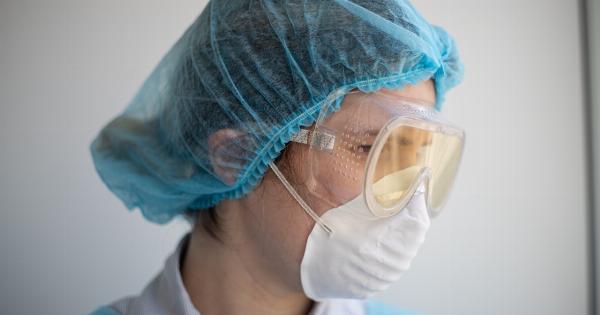As breast augmentation surgeries become more popular, the role of breast imaging in cosmetic surgery has become increasingly important.
Breast imaging technologies such as mammography, ultrasound, and magnetic resonance imaging (MRI) offer valuable information for cosmetic surgeons and their patients. These technologies help determine the size, shape, and placement of breast implants, identify potential risks, and guide postoperative follow-up.
What is Breast Imaging?
Breast imaging is a medical specialty that uses different types of imaging technologies to examine the breasts. The primary aim of breast imaging is to detect breast cancer at an early stage when it’s most treatable.
However, breast imaging is also used in other medical fields, including cosmetic surgery. The most common types of breast imaging include mammography, ultrasound, and MRI.
The Role of Breast Imaging in Cosmetic Surgery
The primary role of breast imaging in cosmetic surgery is to provide detailed information about the breast tissue, including its size, shape, density, and composition.
This information is crucial for selecting the appropriate size and type of breast implant, determining the optimal placement of the implant, and minimizing the risk of complications. Breast imaging also helps cosmetic surgeons identify any underlying breast abnormalities, such as lumps, cysts, or tumors, that may need further evaluation.
The Different Methods of Breast Imaging
There are several different methods of breast imaging that are used in cosmetic surgery.
Mammography
Mammography is the most common imaging technique used to examine the breast tissue. Mammograms use X-rays to create detailed images of the breast tissue.
Mammography is especially useful for identifying underlying breast abnormalities, such as tumors, cysts, or calcifications, that may not be visible on physical exam.
Ultrasound
Ultrasound uses sound waves to create images of the breast tissue. Unlike mammography, which uses X-rays, ultrasound does not involve any radiation exposure. Ultrasound is helpful in detecting cysts, lumps, or other abnormalities in the breast tissue.
It also provides information about the density and composition of the breast tissue.
Magnetic Resonance Imaging (MRI)
MRI uses a strong magnetic field and radio waves to create detailed images of the breast tissue. MRI is especially useful for detecting small tumors that may not be visible on mammography or ultrasound.
MRI also provides information about the density, composition, and blood flow of the breast tissue.
Benefits of Breast Imaging in Cosmetic Surgery
Breast imaging provides several benefits for both cosmetic surgeons and their patients. These benefits include:.
- Accurate and detailed information about the breast tissue
- The ability to choose the appropriate size and type of breast implant
- The ability to determine the optimal placement of the implant
- The ability to minimize the risk of complications
- The ability to identify underlying breast abnormalities that may need further evaluation
- The ability to guide postoperative follow-up
Risks and Limitations of Breast Imaging in Cosmetic Surgery
Although breast imaging is generally safe and well-tolerated, there are some risks and limitations associated with these techniques. These include:.
- Radiation exposure with mammography
- The need for contrast agents with MRI
- The cost of imaging studies
- The possibility of false-positive or false-negative results
- The need for additional imaging studies or biopsies
Conclusion
Breast imaging is an important tool in the field of cosmetic surgery.
These imaging techniques provide valuable information about the breast tissue, which helps surgeons choose the appropriate size and type of breast implant, determine the optimal placement of the implant, and minimize the risk of complications. Breast imaging also helps identify any underlying breast abnormalities that may need further evaluation.
However, breast imaging does have some risks and limitations, and patients should be aware of these when deciding to undergo breast augmentation surgery.





























